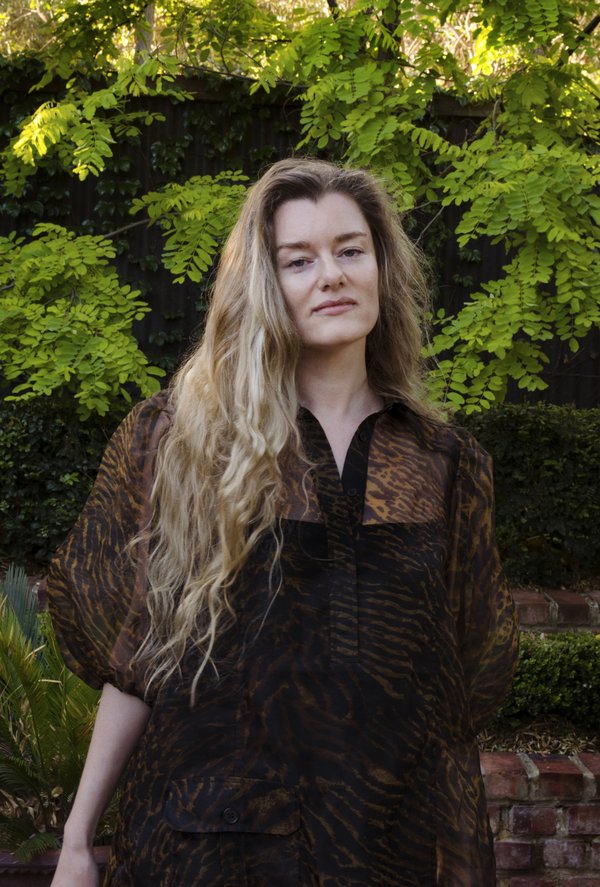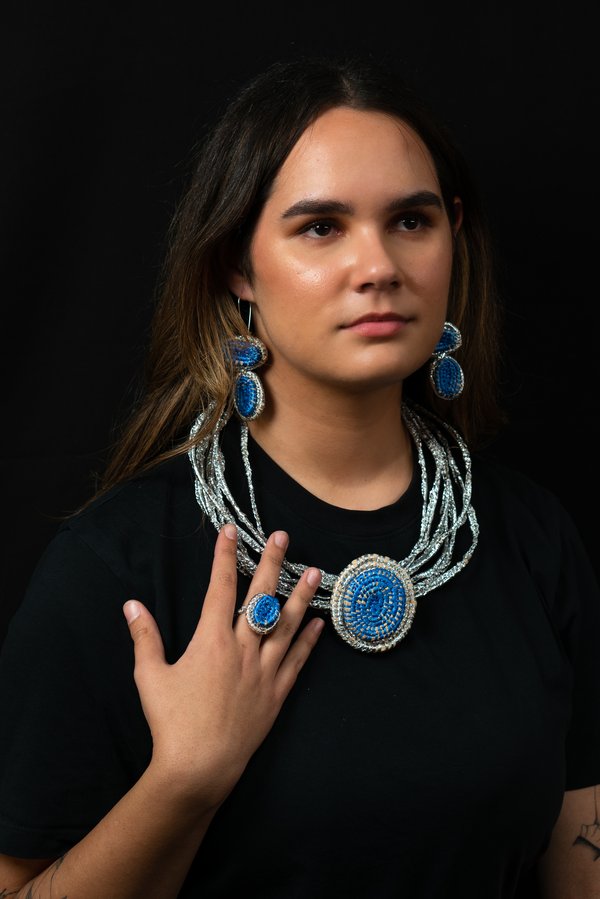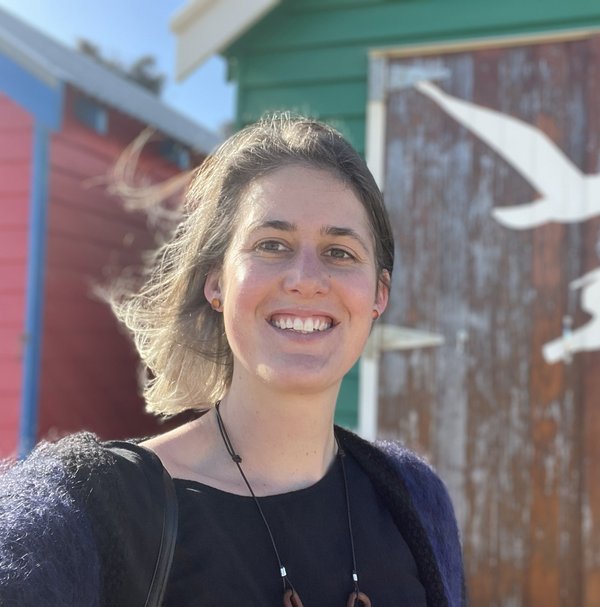Art is a Real Job was a national program throughout March 2023 that invited artists to share how good industry practice helped shape their careers and navigate the art world with confidence. The program dissected and championed NAVA’s new Code of Practice via four artist-led online events, including workshops, studio tours and panel conversations for secondary school student artists, educators and pre-service educators.
Exhibiting Your Work
Artists Thomas Readett, April Phillips, Tim Meakins
Host Alise Hardy | Support Emma Pham
Hero image artwork Emma Pham
Program Manager Alise Hardy
Ethics and Environmental Responsibility
Artists Annika Romeyn, Carly Tarkari Dodd, Sally Craven
Host Alise Hardy | Support Emma Pham
Hero image artwork Emma Pham
Program Manager Alise Hardy
Working with Galleries
Artists Sam Gold, Nikki Lam, Lisa Sammut
Hosts Penelope Benton, Emma Pham | Support Alise Hardy
Hero image artwork Emma Pham
Program Manager Alise Hardy
Money Matters
Artists Kay Abude, Rachel Burke, Ryan Presley
Hosts Emma Pham, Georgie Cyrillo
Hero image artwork Emma Pham
Program Manager Alise Hardy










